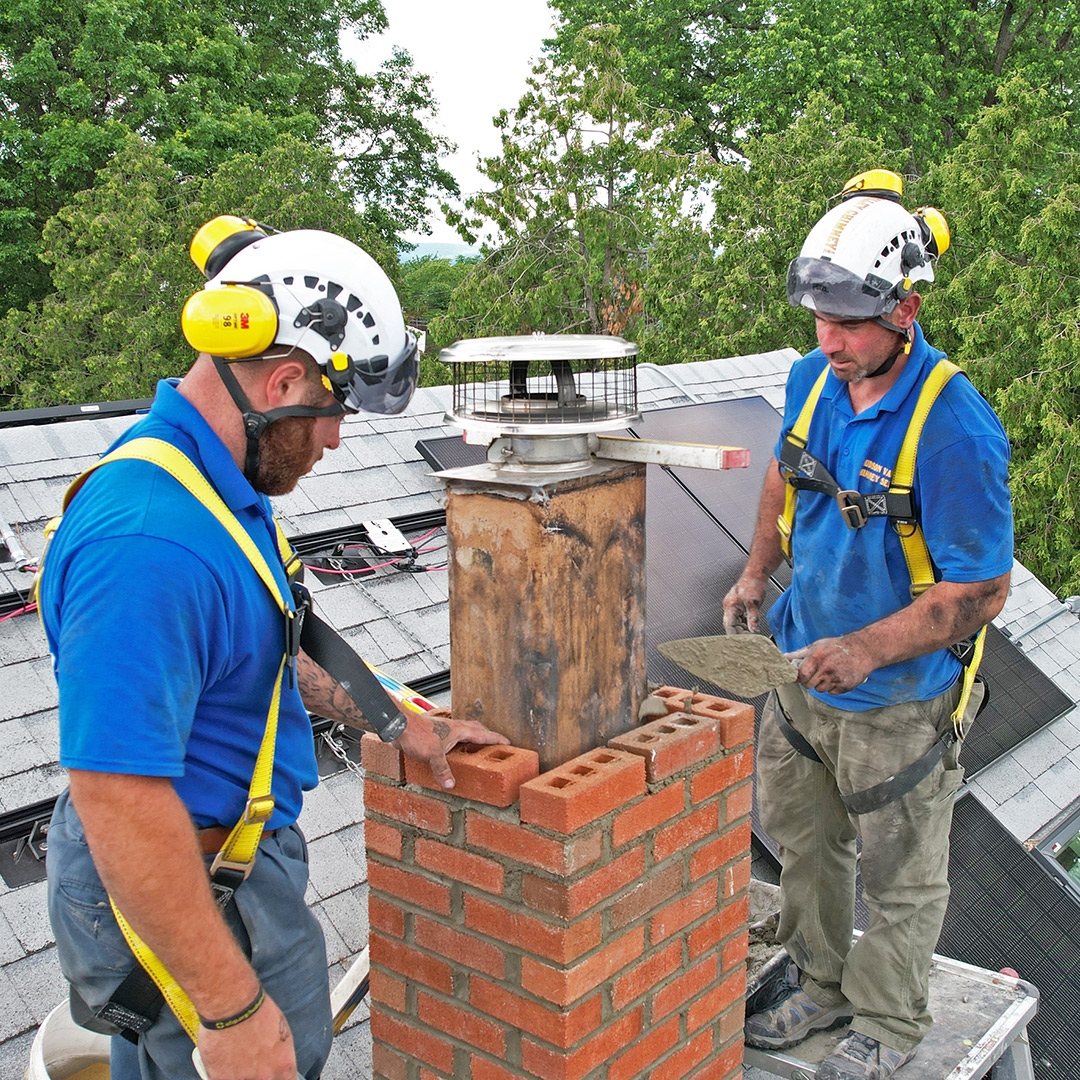High Quality Paver Installation Services to Transform Your Outdoor Space
High Quality Paver Installation Services to Transform Your Outdoor Space
Blog Article
Unlocking the Keys of Lasting Masonry Construction Practices for Eco-Friendly Buildings
Amongst the myriad strategies to environment-friendly structure, lasting stonework building stands out as a tried and true and resilient method that holds a wealth of untapped possibility. From the selection of materials to ingenious construction techniques, the tricks to attaining sustainability within stonework construction are diverse and intriguing.
Advantages of Sustainable Stonework Building
Accepting sustainable masonry construction methods not just decreases environmental impact but likewise uses long-term economic benefits to builders and areas. By using products like recycled blocks, obstructs, and stones, home builders can dramatically decrease the carbon impact of their jobs while advertising resource performance. Furthermore, lasting stonework building methods, such as proper insulation and thermal mass buildings, can boost energy effectiveness within structures, leading to minimized operational prices gradually.
Moreover, the durability and durability of stonework structures add to long-lasting financial benefits. Buildings built utilizing sustainable masonry techniques often call for less repair and maintenance, translating to cost savings for building contractors and property proprietors. The durability of stonework products additionally makes certain that structures remain stable and safe and secure, reducing the need for regular remodellings or substitutes.
Eco-Friendly Stonework Materials
Making use of green masonry materials is an essential step in the direction of improving the sustainability of building methods and reducing environmental impact while taking full advantage of long-term financial benefits. Lasting masonry materials are sourced, created, and used in a way that decreases total environmental effect. Lasting concrete blocks incorporate recycled accumulations and may feature better insulation residential properties, contributing to energy performance in buildings.
Furthermore, all-natural materials like adobe, rammed earth, and straw bundles provide excellent thermal mass properties, minimizing the demand for heating and cooling down power. These materials are often locally offered, promoting regional economies and decreasing transportation-related carbon exhausts. By choosing environment-friendly masonry products, building tasks can dramatically reduce their environmental impact and add to the creation of much healthier, more lasting developed environments.
Energy-Efficient Masonry Methods
Energy efficiency plays an important duty in enhancing the sustainability of masonry building and construction practices. By implementing energy-efficient stonework methods, building contractors can substantially decrease the overall power consumption of a building, leading to lower operational costs and a smaller ecological impact. One vital energy-efficient masonry method is making use of thermal mass, which involves integrating thick products like concrete or block right into the building's framework to take in and keep warmth. This aids regulate indoor temperature levels, reducing the need for mechanical heating and cooling down systems.

Innovations in Lasting Stonework
Recent advancements in lasting masonry read review practices have actually produced ingenious techniques that are improving the building and construction sector. One such development is the advancement of self-healing concrete, which utilizes bacteria embedded within the concrete to heal splits autonomously. This innovation not just reduces upkeep expenses yet likewise improves the toughness of stonework frameworks, adding to their sustainability.
One more significant technology is the use of recycled aggregates in masonry building and construction - masonry contractor. By integrating products such as smashed ceramic waste or recycled glass into concrete blends, building contractors can decrease the environmental influence of building projects while preserving architectural integrity. This technique not only diverts waste from garbage dumps however likewise saves all-natural resources, making it a vital improvement in lasting masonry building and construction
In addition, the combination of electronic layout devices, such as Structure Information Modeling (BIM), is reinventing the method stonework structures are prepared and constructed. BIM enables even more accurate estimations, reduced product wastefulness, and boosted power effectiveness, eventually bring about more sustainable building practices. These innovations collectively represent an encouraging future for lasting stonework construction in permeable concrete the era of environment-friendly structures.
Future Trends in Stonework Sustainability
With the ingenious strides made in sustainable stonework methods, the future patterns in masonry sustainability are poised to further revolutionize the construction industry. Among the crucial fads forming the future of masonry sustainability is the enhanced integration of technology. Innovations such as Structure Details Modeling (BIM) and online truth simulations are being utilized to optimize masonry construction procedures, causing minimized material waste and improved power effectiveness in buildings.
Furthermore, the growth of novel lasting products is readied to play a significant duty in improving More hints the eco-friendliness of masonry building and construction. masonry contractor. Advancements like self-healing concrete, recycled aggregates, and bio-based binders are obtaining traction for their ability to decrease environmental impact while preserving structural stability

Final Thought
Finally, sustainable masonry construction techniques offer various advantages for green structures. By utilizing environmentally friendly products and energy-efficient strategies, masonry can add to a more sustainable developed setting. Advancements in sustainable stonework are continuously being created to additionally enhance the environmental efficiency of buildings. Looking in the direction of the future, the fad of masonry sustainability is expected to grow, resulting in even more eco-friendly and energy-efficient building and construction practices in the years ahead.
Report this page